Your search 'acrylic gels'jxMtna' did not match any products.
Showing results using some of your search terms 'acrylic gels'jxMtna'
Search results for 'acrylic'
-
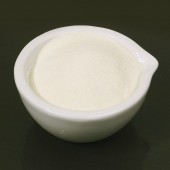
Casein Lactic
Starting at: £15.95
-
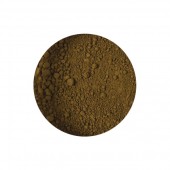
Raw Umber Pigment
Starting at: £4.00
-
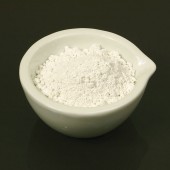
Gypsum
Starting at: £5.70
-
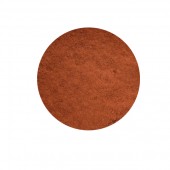
Burnt Green Earth Pigment
Starting at: £8.00
-
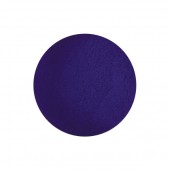
Prussian Blue Pigment
Starting at: £5.20
-
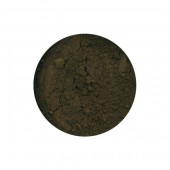
Raw Umber Greenish Pigment
Starting at: £4.80
-
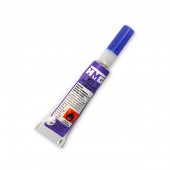
HMG B72 Restoration Adhesive
£7.70 -
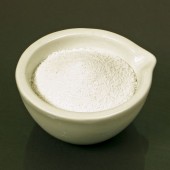
Marble Dust
Starting at: £4.70
-
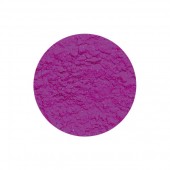
Cobalt Violet Light Pigment
Starting at: £10.00
-
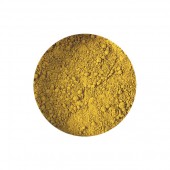
Raw Sienna Pigment
Starting at: £4.00
-
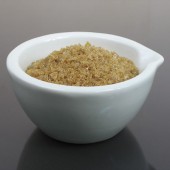
Rabbit Skin Glue
Starting at: £13.00
-
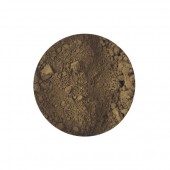
Burnt Umber Pigment
Starting at: £4.00
-
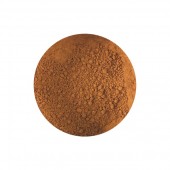
Burnt Sienna Pigment
Starting at: £4.00
-
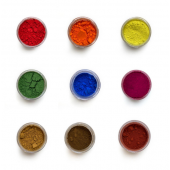
Small, 15ml Pigment sizes
Starting at: £4.00
-
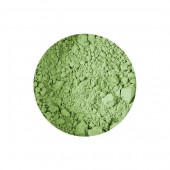
Terre Verte Pigment
Starting at: £4.00
-
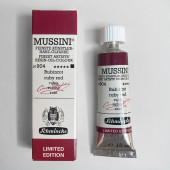
Schmincke Mussini Limited Edition Ruby Red 15 ml
£26.00 -

Cornelissen Gift Voucher
£25.00 -
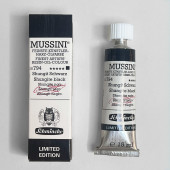
Schmincke Mussini Limited Edition Shungite Black 15 ml
£26.00 -
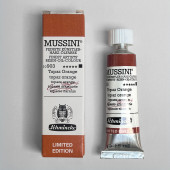
Schmincke Mussini Limited Edition Topaz Orange 15 ml
£26.00 -
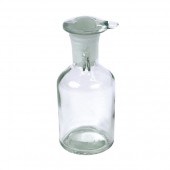
Dropping Bottle
Starting at: £7.00
-
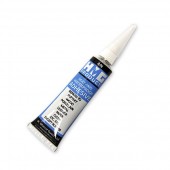
HMG Acrylic Restoration Adhesive
£6.00 -
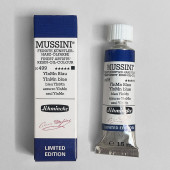
Schmincke Mussini Limited Edition YInMn Blue 15 ml
£26.00Call to Order
-
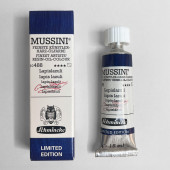
Schmincke Mussini Limited Edition Lapis Lazuli 15 ml
£28.00Call to Order



